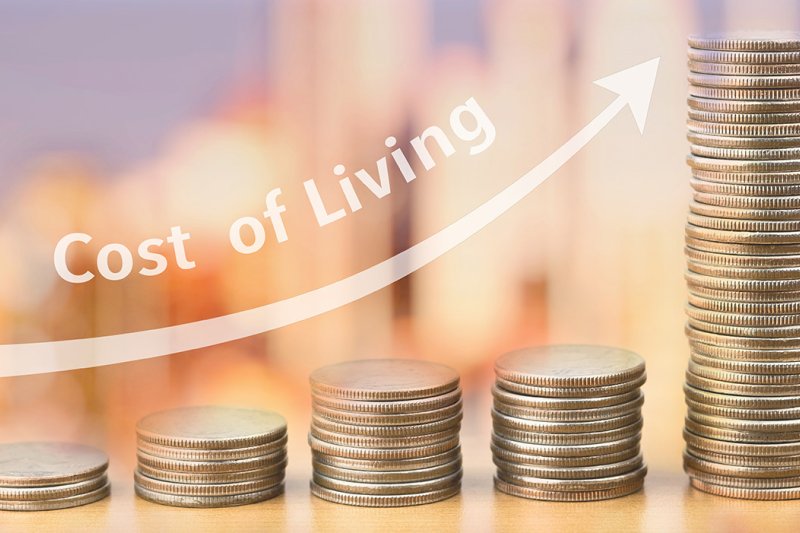High Living Costs, Middle Class Under Pressure
The cost of living for the middle class has increased more than income in the last year, according to the results of a survey conducted by local business news provider Monitor. The survey conducted in February-March period involved 271 participants, 95% of whom were educated with high salaries.
49% of participants claimed that the cost of living had worsened in 2025 compared to the beginning of 2024. About 70% claimed that the largest part of their monthly income went to buying food, followed by housing and health services.
Dual employment, professional growth, emigration, cutting entertainment expenses, etc., are some of the responses to the rising cost of living. Tax cuts and wage increases, along with improved education and health, are suggested as solutions.
The increase in the cost of living from higher prices of food, rent, health, and education services over the past year has put the middle class in difficulty, according to the survey.
The survey results showed that educated people (58% had a family income of over 100 thousand lek per month) spend most of their monthly expenses on food and housing.
Nearly 49% claimed that the cost of living had worsened compared to the beginning of 2024, while 12% claimed that their standard of living had improved, the rest was the same. Most claimed that they had difficulty meeting their monthly needs with food and housing.
To cope with the increase in the cost of living, a large part were working more than one job or had cut back on entertainment expenses, etc. Most believed that higher wages and improved education and health services, along with lower taxes, would help them.
A comparison of the data shows that the cost of living in the capital has increased more than the income of the middle class from wages and business.
The prices of rent, housing, food, and educational services have increased more than their salaries. Of the 271 people who completed the survey, 95% lived in Tirana and 75% were in the 35-54 age group. The majority of the participants, 66%, were married.
The survey was with a random sample and did not aim for scientific findings, but rather “photographed” the financial situation of the well-educated middle class with above-average salaries in Tirana.
After the Covid-19 pandemic, the prices of goods and services mainly in Tirana became more expensive. Demographic developments have increased pressure in the capital and, on the other hand, more and more young people are choosing to emigrate.
Businesses in the capital are suffering from a lack of employees at a time when demand is increasing due to the influx of foreign visitors.
These developments have helped prices in Tirana to rise faster than in the regions, but in the meantime, salaries have not increased to the extent of covering the rising costs, the survey participants claimed.
Meeting monthly food needs is not only stressful for the poor, but also for the high-income earners with higher education and good salaries in the Albanian market, Monitor reported.













